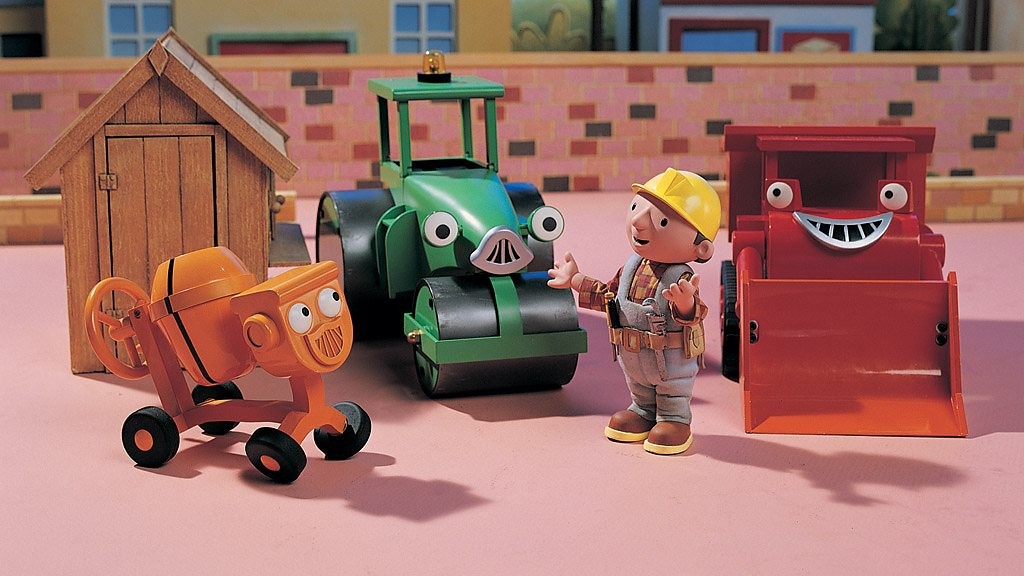
Calling Bob the Builder: UK Housing Shortage
When you read through the UK property news, there is a common theme that you cannot escape. Whether it’s buried in the background of the story or staring at you from the headlines, the fact remains:
There are not enough houses in the UK, and nobody really knows what to do about it.
Across the UK, there are 27 million houses — which may sound like a lot, but not for a nation of over 67 million people. During the 30 years leading up to 2021, 3 million less homes were built than in the previous 30. Over the same time, the population increased by 9 million.
Recent labour shortages and supply chain issues in the construction industry caused by Covid-19 and Brexit haven’t been helping, either.
So what’s the problem with not having enough properties?
There are many perspectives on this. But a popular viewpoint goes like this:
Because there aren’t enough houses, prices keep going up. And because prices keep going up, younger people are having trouble getting on the proverbial ‘property ladder’. This means that they miss out on building long-term equity in property, and their income gets used up with monthly rent payments. This then causes a domino effect of other economic consequences.
Well, why don’t they just build more houses, then?
Both the private sector and the government have been trying to increase housing supply, but it just hasn’t been happening. The UK government has a goal to build 300,000 houses per year by the mid-2020s, but few have confidence that they’ll meet this target.
There are a number of obstacles:
- Finding places to build: The UK is not a massive country to begin with, and areas around cities and towns face constraints such as heritage protection, boundaries set by old-city walls and outdated city planning
- Land banking: Some private landlords buy land and wait for prices to inflate. While this goes against the overall effort to maximise housing supply, it’s not illegal.
- Conflicting interests: Sometimes finding alignment between local councils, private developers, special-interest groups and the government is literally like squeezing blood from a stone
So what can be done about it?
This has been the question on the minds of many PMs, university researchers, developers and even the Queen herself. Some suggested solutions have been:
- Modern construction methods: Some say traditional methods of construction are slow and expensive, while other approaches like modular construction are cheaper and faster.
- Permission granted?: The government has made it easier for private developers to take obsolete commercial properties and convert them to private accommodations through a process called ‘Permitted Development Rights’.
- From brown to town: Brownfield sites are former industrial or commercial grounds that have potential contamination. If properly cleaned up and repurposed, they could be used as valuable land to build much-needed accommodations.